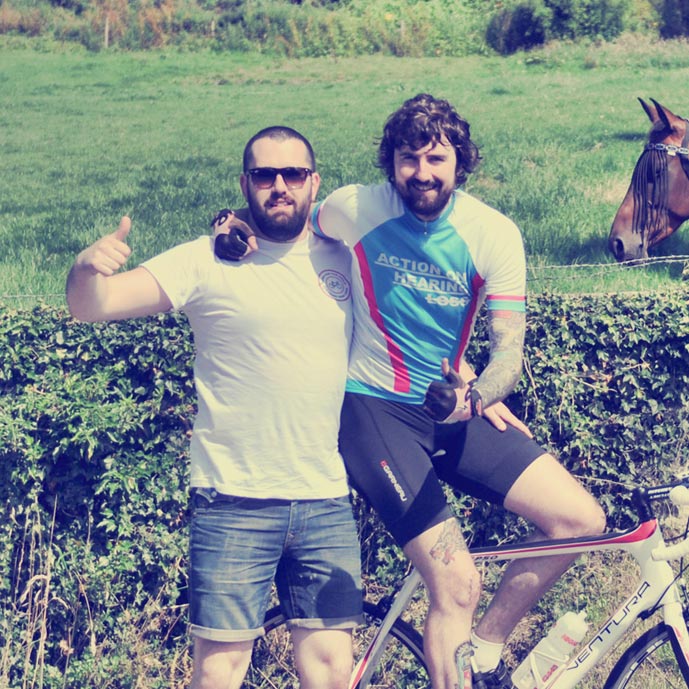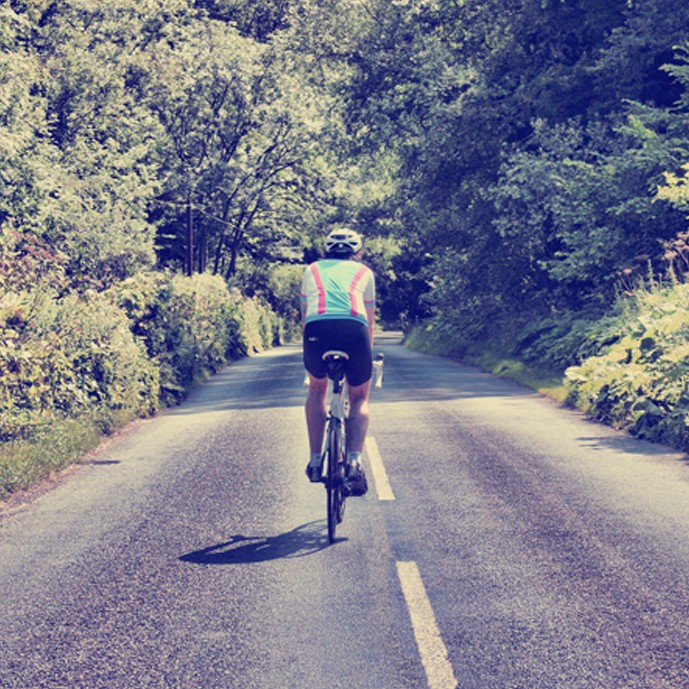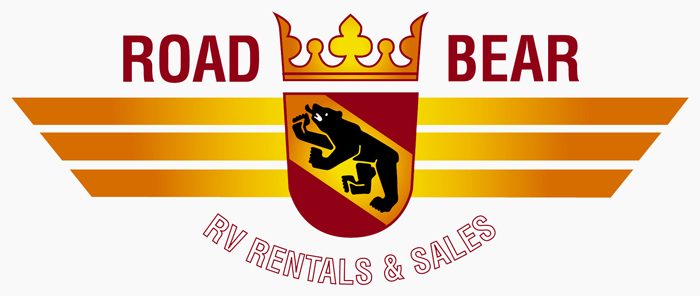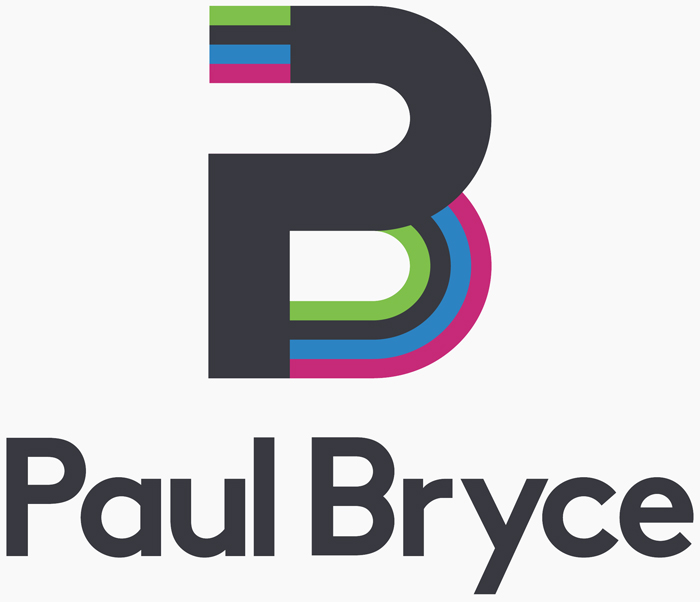October 29, 2015
I’m in the process of learning about foods and creating a series of posts on the three macronutrients (nutrients that form our diet), carbohydrates, fats and protein. Following last weeks post on Carbs here’s the 2nd part which is about fats and how they can be integrated into my new healthy diet whilst training for the ride.
The name fat obviously sounds like a type of food that you would want to avoid, however it plays an important part of a healthy diet.. providing it’s eaten correctly.
When eaten, fat is broken down by the digestive system into smaller units called ‘fatty acids’. Any fat that is not used by cells in the body is then converted into body fat. So if you’re eating fat, but your body doesn’t need to use any for energy, you will put on weight.
Despite fat’s bad reputation it does have some good uses. Fat intake is essential in order for you to burn fat (more on that later). Some fatty acids such as omega-3 are essential as the body can’t make them itself. Fat also helps the body to absorb some vitamins(A, D and E). These types of vitamins are fat-soluble, meaning that they can only be digested with the support of fat. Potentially fat’s biggest asset – especially for athletes – is its high energy content, it contains roughly 2x more energy than both carbs and protein.
There appears to be two main types of fat, saturated and unsaturated.
Saturated fats
Most – but not all – saturated fats could be work of the devil! They are mostly found in foods that come from animal sources such as meat and dairy products, and also plant foods such as plant oil. They are a main culprit when it comes to obesity, heart disease and stroke.
- Meat products
- Butter
- Cheese
- Chocolate
- Savoury snacks
- Biscuits
- Cakes
- Ice cream
- Palm oil
- Coconut oil
When fat reaches the liver it makes an important fatty substance called cholesterol which is vital for the body to function properly. However the wrong level of cholesterol can mean that your arteries become blocked, increasing the risk of ill health.
Cholesterol is carried around the body in the blood by proteins. When the two meet they make something called lipoproteins. Higher levels of cholesterol are best for the body, in particular a lipoprotein called High-density lipoprotein(HDL).
This carries excess cholesterol around the body back to the liver which either breaks it down, or deposits as waste. It is this process that regulates the fat burning pathways and results in you burning fat. In other words eating a sensible amount of fat assists in burning fat.
Unsaturated fats
The first thing we need to know is what’s the difference between saturated and unsaturated fats…
Saturated fats are solid at room temperature, whereas unsaturated are liquid. This is because they are different in their chemical structures.
Unsaturated fats are found primarily in oil from plants and can either be polyunsaturated or monounsaturated. Monounsaturated fats can help protect our hearts by maintaining high levels of HDL.
They are found in:
- Olive oil
- avocados
- nuts (peanuts, almond, brazil)
Polyunsaturated fats include two types, omega-3 and omega-6, both of which help lower the levels of bad cholesterol. The body is unable to make these itself so much be consumed from external sources.
Polyunsaturated fats include:
- Vegetable oil
- Nuts (walnuts)
- corn
- sunflower
- Seaweed
- Tuna
- Salmon
Omega-3 is easily accessible via vegetable oil but deficiencies of omega-6 are quite common in poor diets, especially those who don’t eat much fish.
Fats and me
Bearing in mind that I haven’t done my final piece on protein yet, I’m lacking some knowledge to assist with my conclusion on fats.
It goes without saying that I should NOT be overindulging on crappy saturated fats such as biscuits, cakes and ice cream. However I can often be found stopping for some cake when I’m on a longer ride. It gives me a decent energy boost and of course I’ve earned the right to indulge a little. I’m trying especially hard to avoid confectionery and cake type foods, both of which are very accessible at work.
I have a portion of meat with every main meal so I’m therefore eating a fair amount of saturated fats. However I suspect the benefits of this meat will outweigth the negatives as far as protein is concerned (to be found out in the next post). Also, as I mentioned before, fat is needed in order to keep my cholesterol levels high, this fat mainly comes from the huge steaks I have a few times a week! 😉
When I’m hungry between meals I regularly snack on nuts which gives me good sources of unsaturated fat/omega. I’m also going to experiment with some of these other oils – such as rapeseed and canola – in the kitchen.
One of my favorite dishes is pasta (wholemeal of course), tuna and sweetcorn bound together with egg. This was one of the earliest recipes I learnt from my parents at a very young age. Unfortunately that is the only fish I have in my diet and it’s not very frequent! Perhaps my intake of foods rich in omega-3 is lacking so I’m going to address that and experiment with more fish dishes.
Thanks for reading, keep your eye out for the final part 3 on protein in a week or two. If anyone has any comments or suggestions after reading please don’t hesitate to let me know!
The series
Learning about food: pt1 Carbs
Learning about food: pt2 Fats
Learning about food: pt3 Proteins
Refs
My trainer Jody
Cholesterol & Triglycerides
Eat less saturated fat











